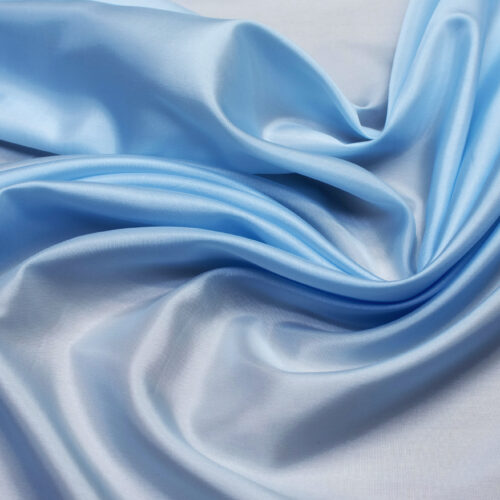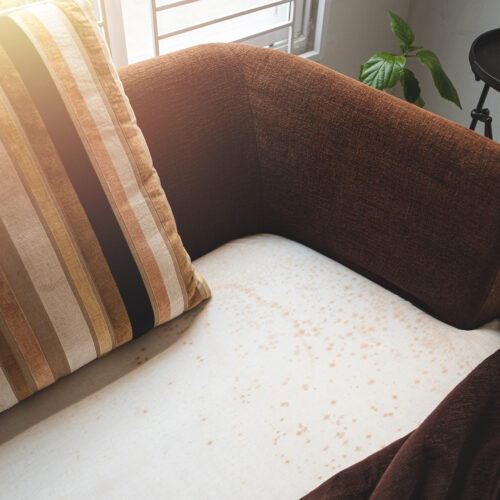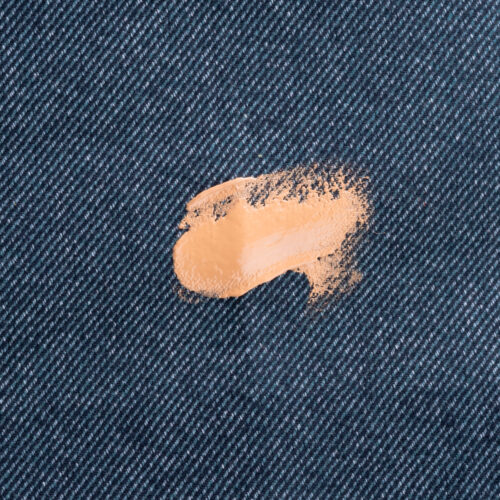June 8th, 2018 | Infection Control
How should we be cleaning carpets in medical facilities to reduce the spread of infection?
In hospitals and health care facilities, it is important to make sure carpets are cleaned safely and effectively. The most important first step is to consult a carpet care specialist. Our team at Actichem specializes in providing detailed, easy-to-use programs, to assist you in achieving the best possible result from your carpet cleaning regime. There are many factors to consider, including the type of carpet, the location and the methods required to achieve proper sanitization and cleaning.
Achieving the best possible result, typically involves a two-sided approach, regular cleaning, and deep cleaning. Regular cleaning is typically conducted using an encapsulation method and can be carried out by trained hospital staff. Encapsulation cleaning eliminates the requirement for a wet extraction rinse when cleaning carpets and upholstery. To achieve this, the encapsulation cleaning solution contains speciality, brittle dry-down polymers. A professionally formulated encapsulator will emulsify the oily soil particles and dry down to a totally dry, brittle structure which will not attract other soils and be easily released to vacuuming. The Actichem Encap O2 provides the additional benefit of containing a high activity Hydrogen Peroxide which effectively destroys bacteria, viruses and other germs.
Periodic or interval cleaning should be conducted using a hot water extraction process. The hot water extraction (steam) cleaning process involves spraying a detergent and Hydrogen Peroxide combination onto the carpet to destroy germs, emulsify and release soils. The carpet is then sprayed with high-temperature water and rinse solution while simultaneously being extracted with a carpet extraction machine. The distinct benefits of this method of cleaning are that the carpet is left sanitized, clean and entirely free of soiling. Some of the common questions that arise are:
Q: Can we just stick with encapsulation cleaning without reverting to periodic hot water extraction cleans?
A: Ultimately the answer is no. The dry vacuuming which is relied on to extract the encapsulation soil is not sufficient to release and remove all of the soilings. The nature of the fibre, yarn and carpet pile will all affect the effectiveness of this dry vacuuming. For example, dense, loop pile, wool or wool blend carpeting will trap even encapsulated, dry soiling from being released to dry vacuuming. The flushing action of the water in the periodic hot water extraction process is the only way of removing the deep-set, stubborn soiling which contributes so significantly to premature carpet wear.
Q: Why add interim low moisture cleaning into a cleaning program?
A: Many commercial carpets are subjected to a large volume of foot traffic and can soil relatively fast. A large proportion of this soil type can be effectively removed using the interim encapsulation cleaning process and the restorative hot water extraction clean can be limited to every 3rd or 4th clean. The advantage of the interim encapsulation cleaning process is that it is significantly less expensive to perform in terms of labour, equipment usage and chemical costs. It allows large volume cleaning with fast cleaning rates and enables the carpet to be put back in use after only 30-60 minutes which is excellent in many commercial applications.
Carpets work hard. Let’s give them the respect they deserve.
Part 1: Are carpets in medical facilities making us sick?
Part 3: How often should we be cleaning carpets in medical facilities?

Viscose – a viscous orange-brown solution obtained by treating cellulose with sodium hydroxide and carbon disulphide, used as the basis of [...]
Read more
Removing mould from natural fabric upholstery can be particularly challenging, as natural fibres like cotton, linen, and wool can act [...]
Read more
Removing mould from synthetic fabric upholstery is known to be challenging due to the delicate nature of many synthetic fibres [...]
Read more
Fake tan stains on carpet are notoriously difficult to remove due to the presence of dihydroxyacetone (DHA), the active ingredient [...]
Read more